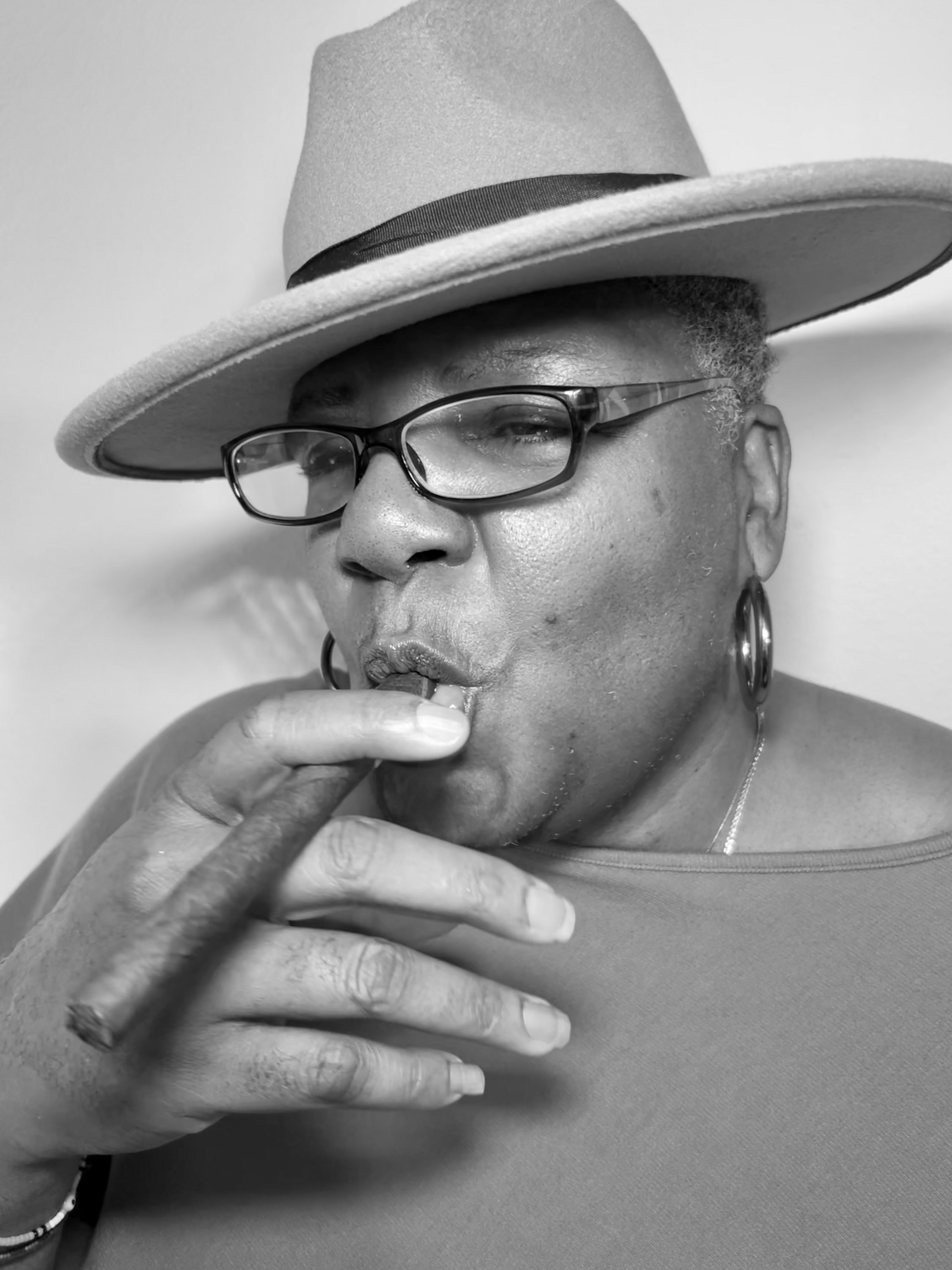Behavior Before Branding
- Brandma
- Jun 14
- 3 min read
Updated: Jul 6
The Real Reason Most Strategies Fail

Most brand strategy begins with positioning; defining the market, carving out a niche, and packaging it all with a shiny tagline. It's cute. But in Brandma’s House, we don’t start there. We start with a C.O.D.E. that taps into brand behavior. Because long before your ideal audience shows up, long before your funnel flows, and long before you start tweaking color palettes or messaging frameworks, your distortions and desires have already hijacked the brand.
Why Brand Behavior Comes First
I don’t believe you're are confused. I believe you're conflicted. You say you want visibility but avoid structure like it’s a trap. You claim to want connection but post like you're applying for a corporate job. You preach authenticity but can’t stop performing.
These contradictions don’t stem from lack of strategy. They come from unacknowledged desires and unchecked distortions. Two forces that silently shape how a brand shows up (or doesn't).
Brand behavior is already in play, and if you ignore it, your strategy is just a costume with a short shelf life.
Understanding Distortions and Desires
Desire is psychological fuel behind how you build. These are things like power, acceptance, autonomy, and curiosity. Don't dismiss them as bullshit. Use them as directional cues to clarify why a you does what they do.
Distortion, on the other hand, is the warped lens through which you see yourself and your work. These are the all-or-nothing beliefs, perfectionist tendencies, and fear-based patterns that interfere with your ability to act clearly and consistently.
Pair one with the other, and you’ve got a brand that behaves according to emotional bias, not intentional strategy.
How Distortion Hijacks the Brand
Here’s what this looks like in real time:
A Founder craves approval but believes, “I’ll be judged if I niche.” So they create an offer stack bloated with options just to please everybody.
Another Founder values autonomy but carries the distortion, “No one gets me.” So they reinvent themselves weekly and never build brand trust.
Then there’s the legacy-seeker who quietly believes, “I’m not ready.” So they repost the same “safe” content, never owning their brilliance.
Before you ever draft a tagline or touch visuals, brand behavior has already made the first move. And it's usually defensive.
When Branding Becomes a Mask, Not a Mirror
What’s dangerous is that all of this can still look good on the surface. Well-lit headshots. Sharp copy. Curated vibes. But when the behavior behind the brand doesn’t align with the brand’s intention, the result is a disconnect you can feel. And eventually, so can your audience.
You start ghosting your own content. You burn out trying to uphold a strategy that doesn’t fit how you naturally operate. You misread your metrics and blame the algorithm instead of the behavior guiding your decisions.
What Strategists Get Wrong About Branding
Too many strategists skip straight to what’s marketable. They build brands around what the you sell and who you serve without ever asking how you get down.
And when they do that, they build a strategy that fights you instead of supporting you.
Your content sounds forced. Your marketing feels forced. Your “brand voice” becomes an internal conflict.
You can’t scale a brand that the you secretly resent showing up for. You can’t sustain one that doesn’t match their internal rhythm. No. Branding isn’t just positioning. It’s permission. And when it’s not built from behavioral truth, it becomes a burden.
The Real Work: Brand Behavior as Strategy
After years of working with Founders one-on-one, inside private groups, and through my own mess and mastery, I’ve learned this: the most effective brands are not born from templates. They’re born from emotional clarity.
If your strategist is worth their salt, this is how they should come at you:
Ask questions that go beneath the business model.
Notice when you're sabotaging visibility with fake alignment.
Help you claim your desires without shame and confront distortions without judgment.
Because strategy that sticks isn’t just clever, it’s calibrated to how you actually move.
Desire is not indulgent, it’s direction. Distortion is not dysfunction, it’s a diagnostic tool. Brand behavior is not a soft skill, it’s the structure before the strategy. And when you start there, the brand builds itself with less resistance, more resonance, and damn near rebellion.














Best piece of writing I've ever read in regard to branding. I'm serious. How this applies has so many levels though. Things like how you organize workspace, and schedule, even how you process transactions, making the day-to-day streamlined and not burdensome. Its easy to think you should tough something out. Sometimes you need to ask - "what would this look like if it were easy?". A practical example for me is choosing not to wear "branded" clothing at an installation because it is too inconvenient. Instead, have super organized and "branded carrying case and tools. In the past i would throw everything in the van. and use cardboard boxes. This might seem superficial but it's almost life and death because…